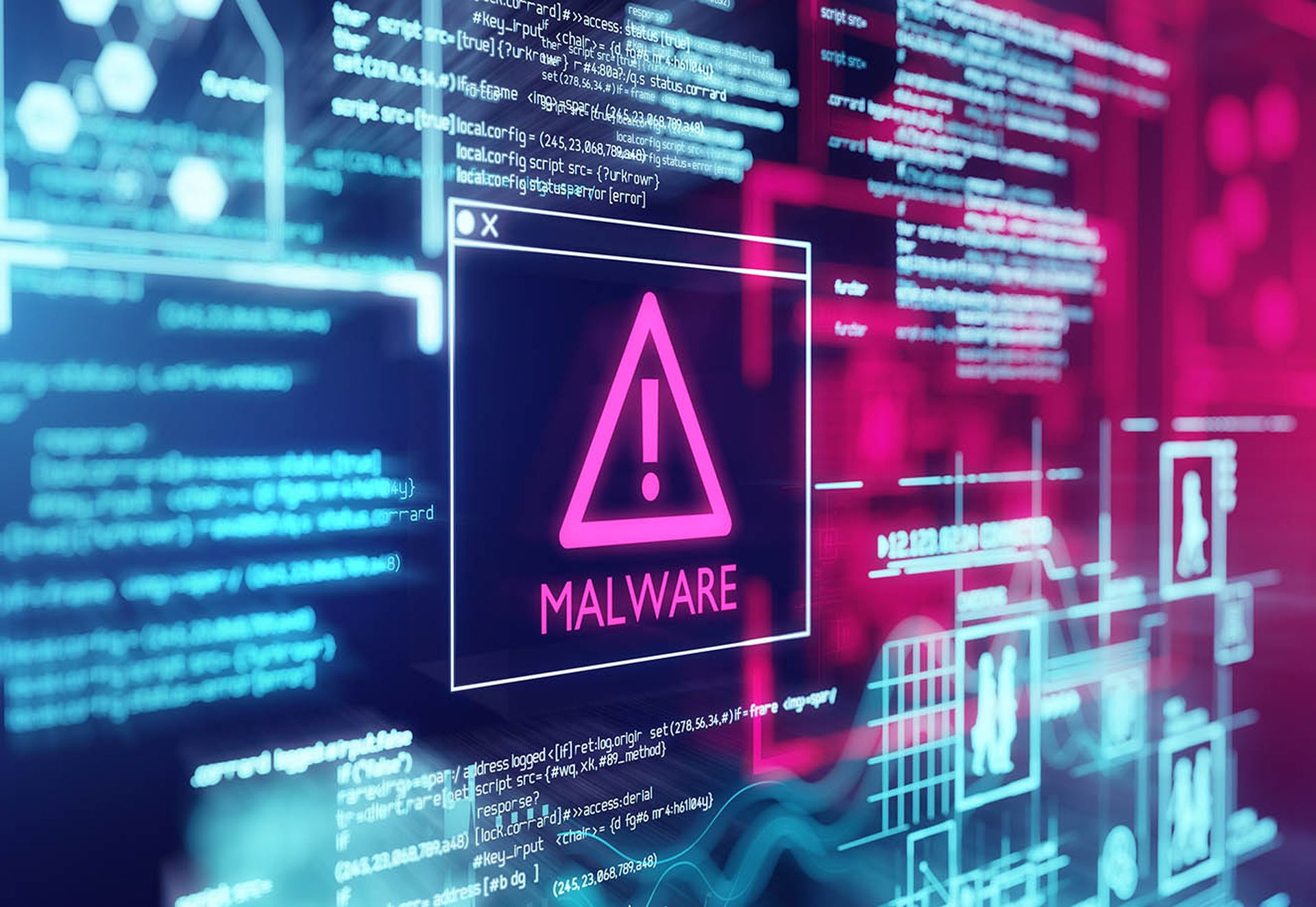Cryptocurrency mining malware has been discovered on digital video recorders (DVRs) manufactured for use in the security industry to record footage taken by surveillance cameras.
Johannes Ullrich, dean of research with the SANS Technology Institute, posted on Monday that DVRs made by Hikvision, a video surveillance products and solutions supplier headquartered in China, were found to contain malware that mined for Bitcoins.
In a Wednesday email correspondence, Ullrich told SCMagazine.com that the malware was discovered while emulating a Synology disk storage device in an investigation of recent scans for port 5000. He said a lot of the scans came from Hikvision DVRs.
“After accessing a couple of the DVRs, we noticed that the malware was running on the DVR itself,” Ullrich said. “Two pieces of malware typically ran: a customized version of minderd, the Bitcoin miner – [we] actually learned today that, in this case, it may mine Litecoin, not Bitcoin – [and] a piece of software called cmd.so, which initiated the scans for Synology devices that we observed before and that led us to investigate the DVR.”
It is not currently clear exactly how the DVRs, similar in concept to the ones used by consumers to record TV shows and fast-forward through commercials, are being infected with the cryptocurrency mining malware.
Ullrich suggested that attackers are simply using the Telnet access – essentially a protocol used to access remote computers – because the compromised DVRs all appear to be in default configuration, meaning Telnet is exposed and the root password is set to default (12345).
Although the DVRs were observed looking for Synology disk storage devices, the video recording machines are not the only devices at risk.
“We found one Linux based router that was also affected,” Ullrich said. “The larger picture here is that attackers move away from desktops as exploit targets as there are less vulnerable desktops out there. However, the number of badly protected devices is going up exponentially and they turn out to be very hard to patch and secure compared to desktops.”
As of now, the best thing users can do to protect against this sort of attack is change the default password on their systems, Ullrich said.



